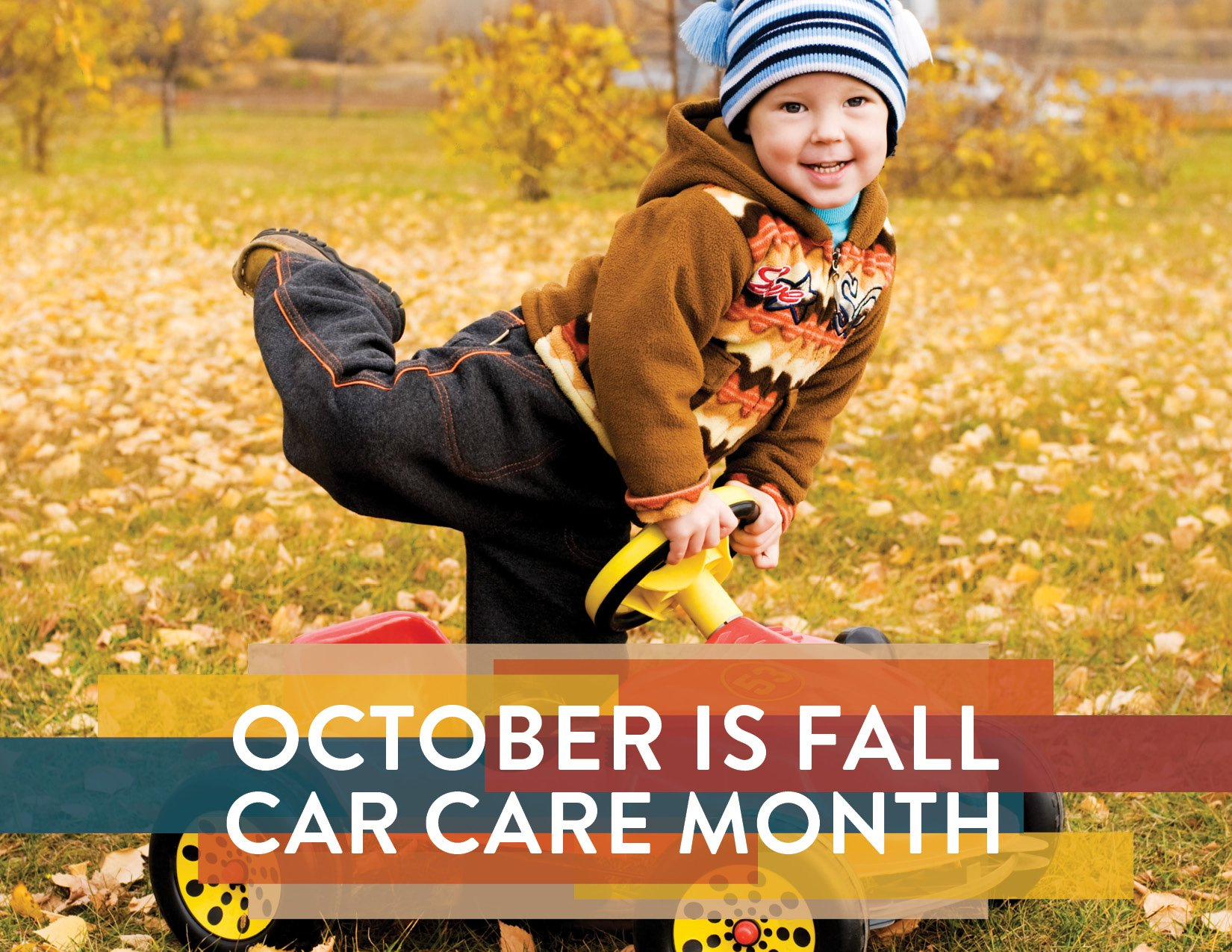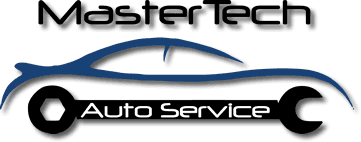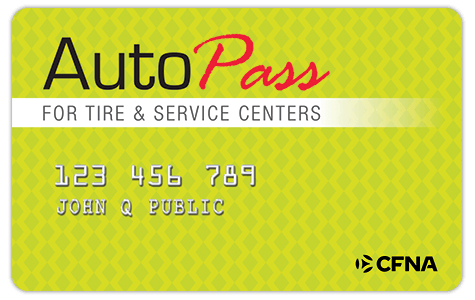Fall Car Care Month Checklist
Don't Let Your Thanksgiving Road Trip be a Turkey

Here are a few maintenance items that are important to check during the fall:
List of Services
-
Check All FluidsList Item 1
This includes the engine oil, power steering, brake and transmission, windshield washer fluid, and of course the antifreeze. If it has been a while since you’ve had any of these fluids checked, we recommend bringing your vehicle in for an inspection.
-
Check Windshield Wipers & LightsList Item 2
Your vehicle’s wiper blades should be completely clearing the windshield with each swipe. We can replace your blades if they are leaving streaks or chattering. We recommend wiper blades to be replaced every 6 months. Also, make sure the windshield wiper fluid is topped off (we can do this for you when you come in for service). Don’t forget to also check that all interior and exterior lighting (headlights, taillights, brake lights, turn signals, emergency flashers, and back-up lights) are working properly so you can see clearly when driving. We can replace any burnt-out bulbs for you.
-
Check Belts, Hoses, & HVAC SystemList Item 3
Your vehicle’s heating and cooling performance during the winter months are crucial for interior comfort as well as safety reasons such as defrosting. Also, make sure your engine's hoses and drive belts aren’t cracked, brittle, frayed, loose, or showing signs of excessive wear.
-
Check the BrakesList Item 4
If there is any indication of a brake problem, bring your vehicle in for an inspection as soon as possible and our certified technicians will inspect the brake linings, rotors, drums, and other components to be sure all are in proper condition.
-
Check the Tires
This includes your tire tread and tire pressure. Poor tire tread is especially dangerous when driving on wet roads. Replace any tire that has less than 3/32-inches of tread. Uneven tire wear can indicate alignment, wheel balance, or suspension problems that must be addressed to prevent further tire damage. If your car is pulling to the left or right, there is a good chance you may need an alignment. Check the tire pressure on all four tires and the spare more frequently in fall and winter. As the average temperature drops, so will tire pressures – typically by one PSI for every 10 degrees Fahrenheit. Proper tire pressure levels can be found in the owner’s manual or on a sticker typically located on the driver’s side door jamb.
-
Check the Battery
Dead car batteries are extremely common during the winter and are one of the easiest ways to get stranded. If you have an old battery, we strongly consider replacing it during the fall as cold winter days place an added strain on them. If your battery is over 3 years old, you may want to consider replacing it soon before you end up stranded on a cold winter morning. We can always test the battery for you and also make sure the battery terminals and cable ends are free from corrosion and the connections are tight.
-
Pack an Emergency Road Kit
We recommend you carry an emergency kit in your vehicle at all times. A basic kit should include:
- A car phone charger
- Drinking water/Non-perishable snacks
- First-aid kit
- Blankets/Extra warm clothing
- Flashlight with extra batteries
- Cloth or roll of paper towels
- Jumper cables
- Warning devices (flares or triangles)
- Basic toolkit (screwdrivers, pliers, adjustable wrench)









